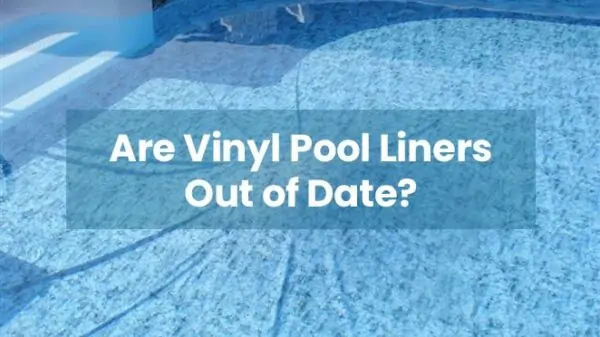Fiberglass Vs. Concrete Vs. Vinyl Liner : Which Pool Should You Get?
By Gabe Pryszcz | | Inground Swimming Pools
You probably know that there are three types of inground swimming pools: fiberglass, concrete, and vinyl liner. And if you don’t—well, you do now! One of ...
Read More 



